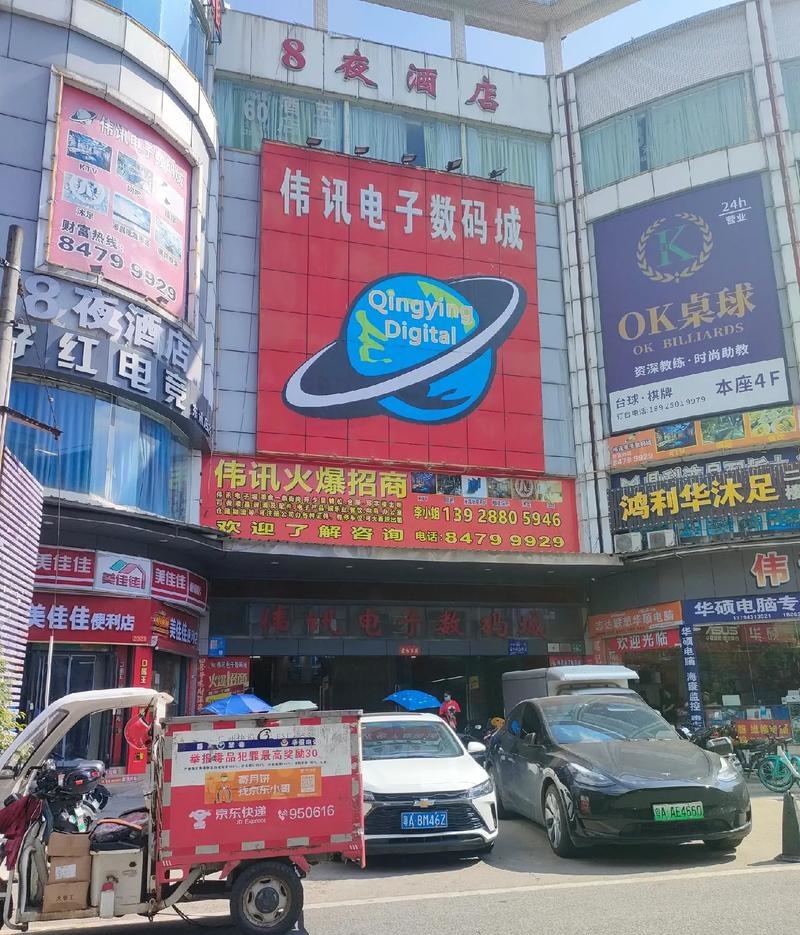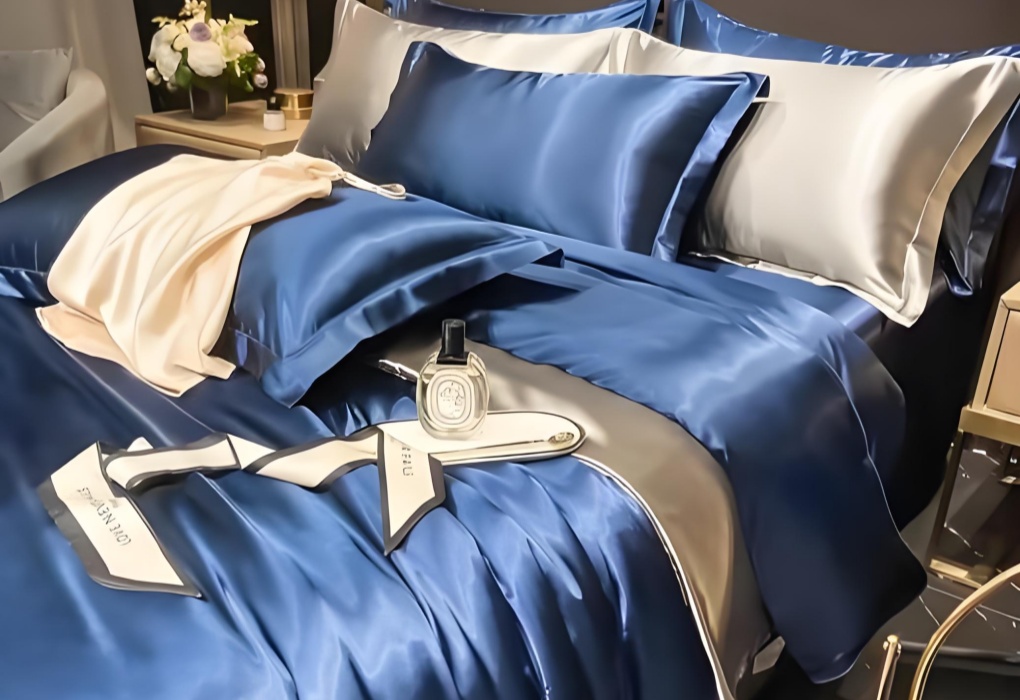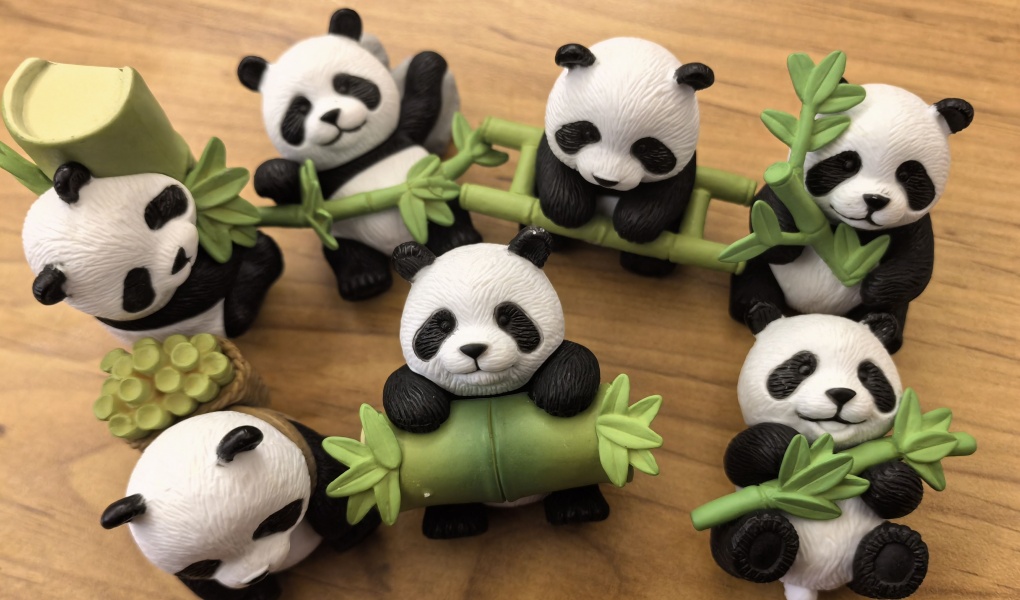Each Chinese souvenir is more than a mere object; it is a concentrated memory, a scrap of culture and a narrative. I saw this myself recently at a market in Beijing, where a child was thoughtfully picking bright red trinkets. His mother smiled, saying that they were for their here car, back home. This touching moment demonstrated to me that the perfect memento could link your journey to your life back home. Whether they’re tea leaves that bring back a silent garden, or a one-of-a-kind craft you spotted in the markets of Xi’an, they remain colorful long past your return.
This guide is intended to help guide you toward genuinely meaningful Chinese souvenirs, by providing simple, practical advice on where to purchase items, how to avoid common traps, and which local markets and apps will bring you to the most authentic. Armed with these tips, you can select items to treasure for years to come, letting your adventure continue in a unique, personal way. Your souvenirs will be silent story tellers that transport the sights and sounds of your chinese adventure back with you every day.
Timeless Traditional Chinese Souvenirs
Tea (Longjing & Pu’er)
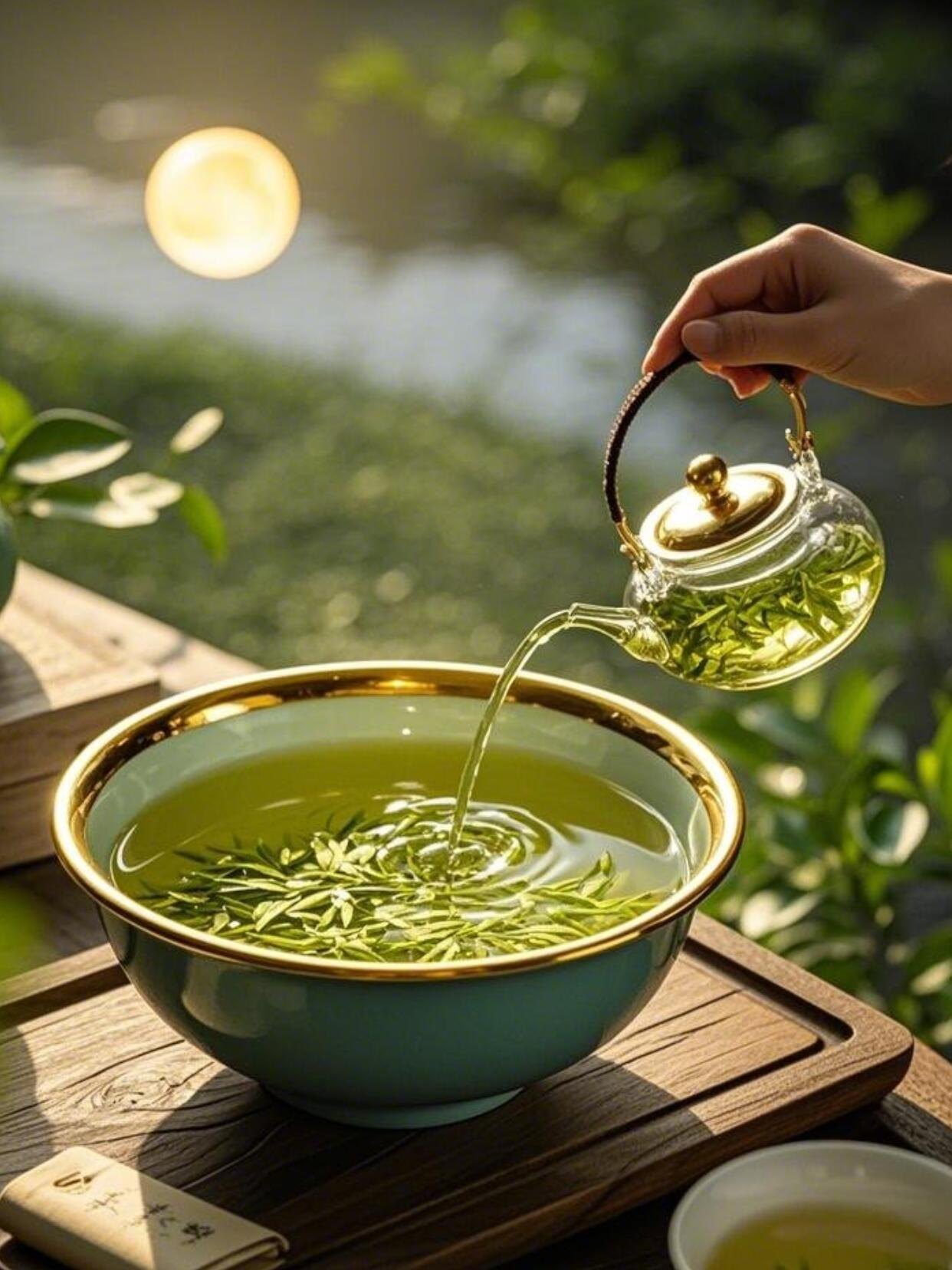
Longjing
I can still remember sitting in a little tea house in Hangzhou, the steam rising from a freshly brewed Longjing. The scent was so subtle that I purchased two boxes on the spot, the better to bring that peace home with me. Tea is deeply woven into the matrix of Chinese life and thinking, and each sip is imbibed with centuries of tradition.
Yunnan pu’er also brings a deeper, earthier note, which collectors tend to prefer. I have only once participated in a tasting in Kunming when the host compared a young and aged Pu’er, and the deep, mellow taste of the aged tea made such an impression on me. Carrying tea home is akin to putting a memory of those hushed afternoons into a bottle.
Buying Tips:
At Hangzhou’s Meijiawu Tea Village, a small box of high-end Longjing alone can be from 150 to 300 RMB.
In Beijing, you will find everyday teas in supermarkets for 30–60 RMB, and there is hundreds of shops where you can try tea on Maliandao Tea Street.
For reliability, try certified sellers on websites like Taobao Global or CTrip.
To ensure authenticity, always seek sealed packaging and clear labeling of the origin.
Calligraphy Scrolls
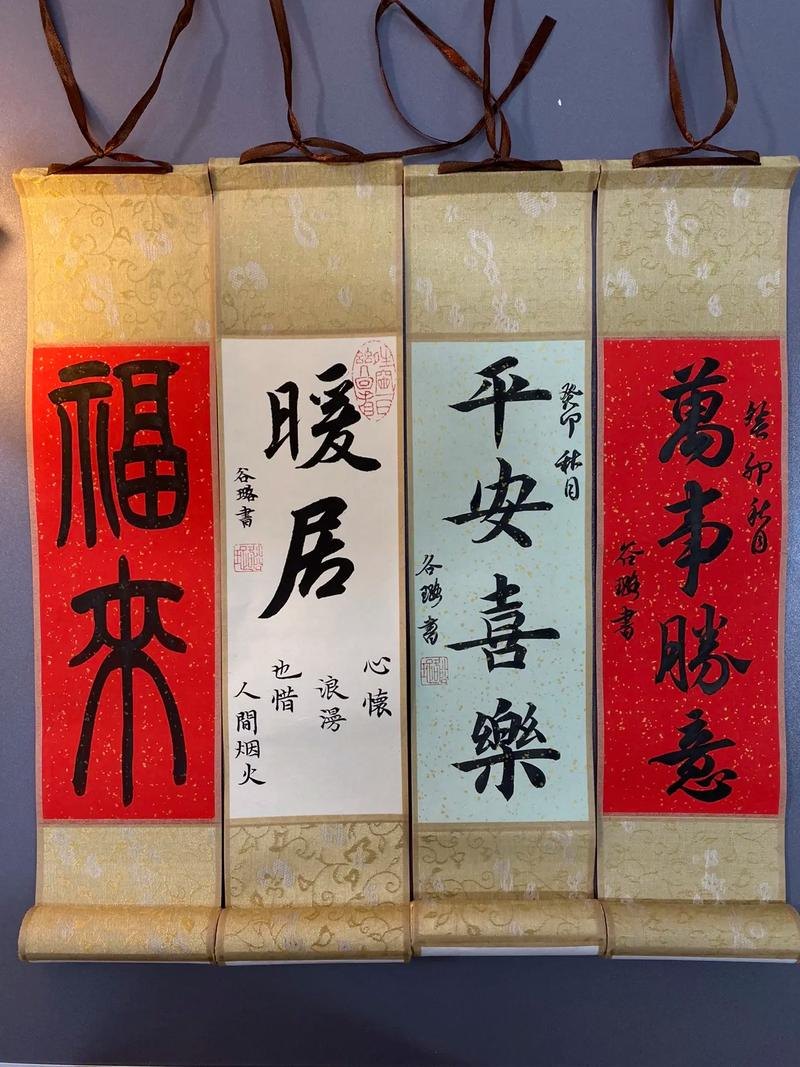
Calligraphy Scrolls
When I visited Liulichang in Beijing, I saw an old artist write my name in soft, flowing Chinese characters, never hurried. It was like holding history written in ink. Calligraphy scrolls are not mere wall ornaments, but philosophy and artisty handed down through generations. I have ever since had that scroll in my study, and never look at but I think of that charming afternoon.
The artistry varies widely. Some scrolls bear large characters for good luck, others delicate poems or paintings. Picking one is a personal choice, akin to bringing home a piece of culture that has been molded by an artist’s hand.
Buying Tips:
Prices for small scrolls begin around 80 RMB.
Large, good quality pieces can be a few hundred RMB.
Top spots are Beijing’s 798 Art Zone, Shanghai’s Tianzifang and Suzhou’s boutique workshops.
Make sure that the paper and ink feel fresh and not brittle.
Cloisonné Enamel Boxes
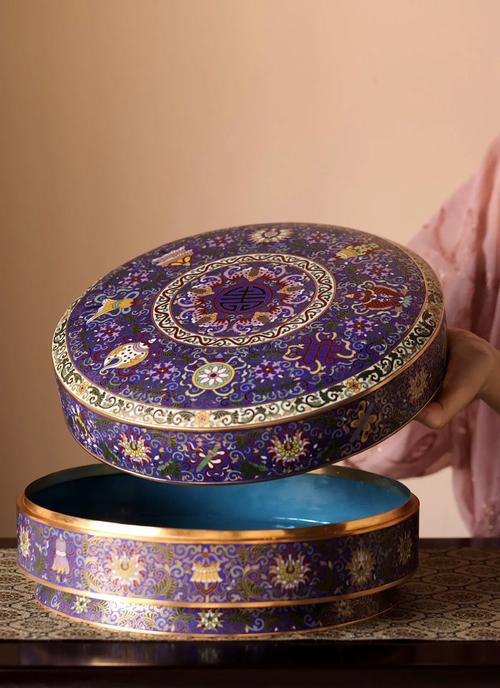
Cloisonné enamelware, brightly colored and detailed, is one of those crafts that always catches first-time visitors by surprise. When I purchased a tiny jewelry box from Liulichang Cultural Street, the seller described the age-old process of filling copper wire outlines with enamel and firing them to a glossy finish. I thought I had a piece of royal history in my hand to take home with me.
The beauty of cloisonné is all in the detail. Every loop of copper and each burst of color is crafted over hours of tedious work. And it is also good for saving your jewelry or other little treasure things!
Buying Tips:
Cheap trinkets generally begin at RMB 80.
Some bigger or more expressive boxes can even go for a few hundred RMB.
The best place is Liulichang in Beijing.
In addition, museum gift shops sell pure cloisonné with a costly price and quality assurance.
Shadow Puppet Figures
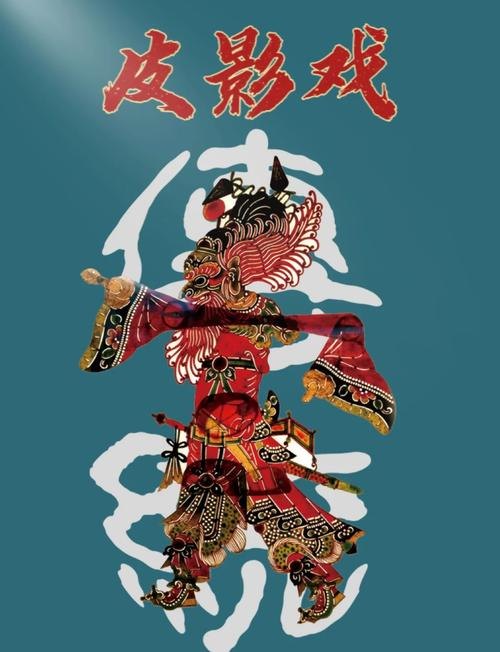
Shadow Puppet Figures
In Xi’an’s Muslim Quarter, I held a painted leather shadow puppet in deep reds and golds. It was flat, insubstantial, but it vibrated with life. The figures are fun souvenirs and culture souvenirs, as they typically represent opera characters or jovial anecdotes. To stand and watch a craftsperson explaining how the puppets danced about on a lit screen reminded me even more of the skill and artistry that had gone into them.
Each puppet tells a story. Some portray valiant generals, others mild maidens and the colors represent virtues such as loyalty and courage. They’re the cultural equivalent of treasures teeming with kings, made portable.
Buying Tips:
They are sold for 50–200 RMB according to detail.
Shaanxi Cultural shops and Xi’an markets throughout town.
They lie flat and are easily portable, which can make them a windfall gift.
Ask the facilitators if you can see the puppet in action, if there are demonstrations available.
Practical and Everyday Chinese Souvenirs
Bamboo Chopstick Rests
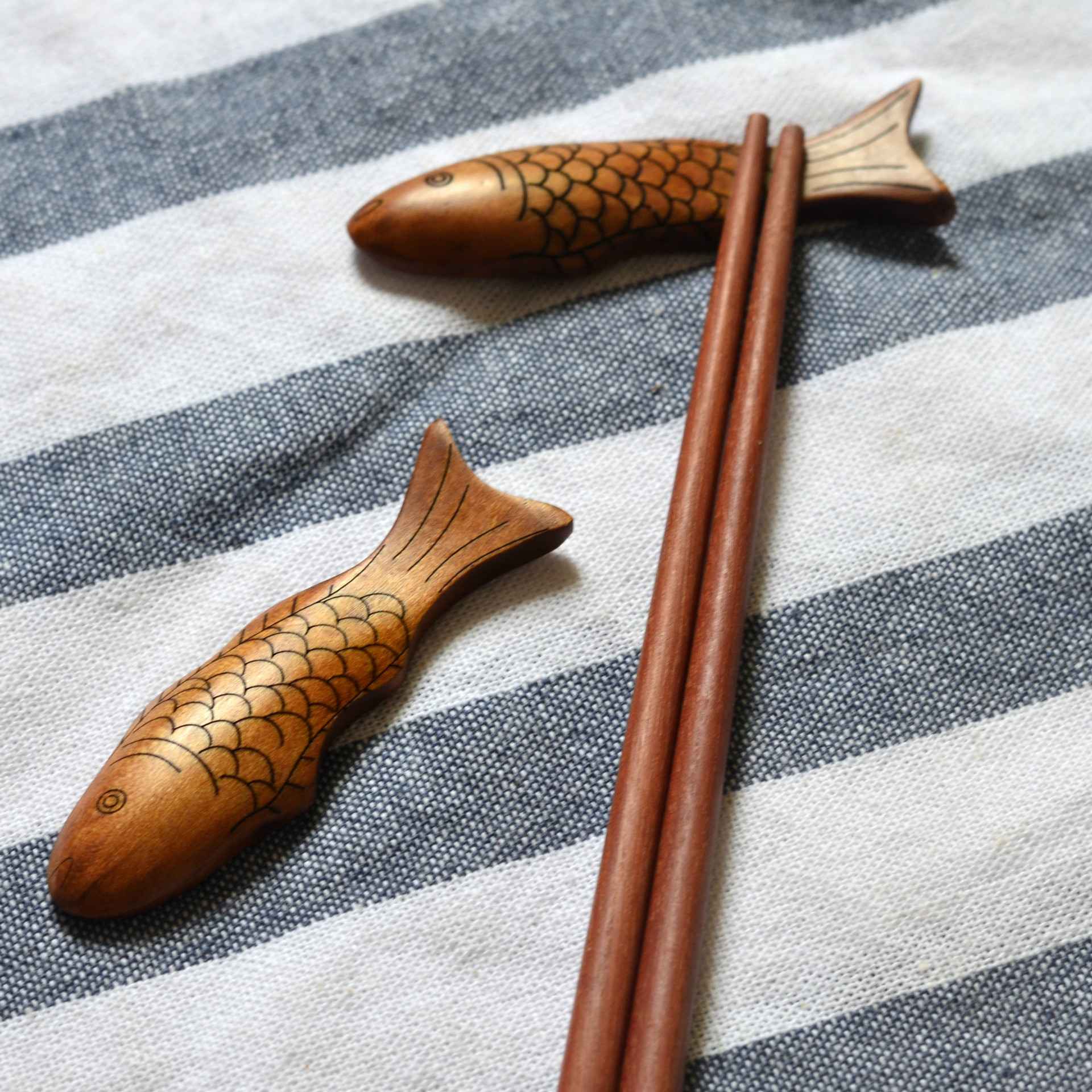
Bamboo Chopstick Rests
On my initial visit to Suzhou, a vendor slipped me a set of tiny fish-shaped pieces of bamboo as I passed his stall. I assumed at first that they were decorations, but he demonstrated how they were used to lay chopsticks at rest during a meal. I’ve since taken them out for parties, and people always ask about them. They’re utilitarian, ultralight and can be a nostalgic nod to Chinese dining culture.
Slowly, I’ve come to appreciate the charm of these rests. They help keep chopsticks clean, and by making them in the shape of clouds, birds and other designs, they convey a cultural meaning. I like to collect different shapes on a quest from various markets around the world.
Buying Tips:
In Hangzhou or Suzhou night markets, 20–40 RMB huetou can be found in groups of four.
Finely carved ones in speciality shops can sell at 80 RMB each.
Watch for silken finishes and clean carving lines, which evidence better craftsmanship.
Avoid the stalls peddling plastic imitation—you’ll know the real thing because it feels warm to the touch.
Blue Calico Pouches
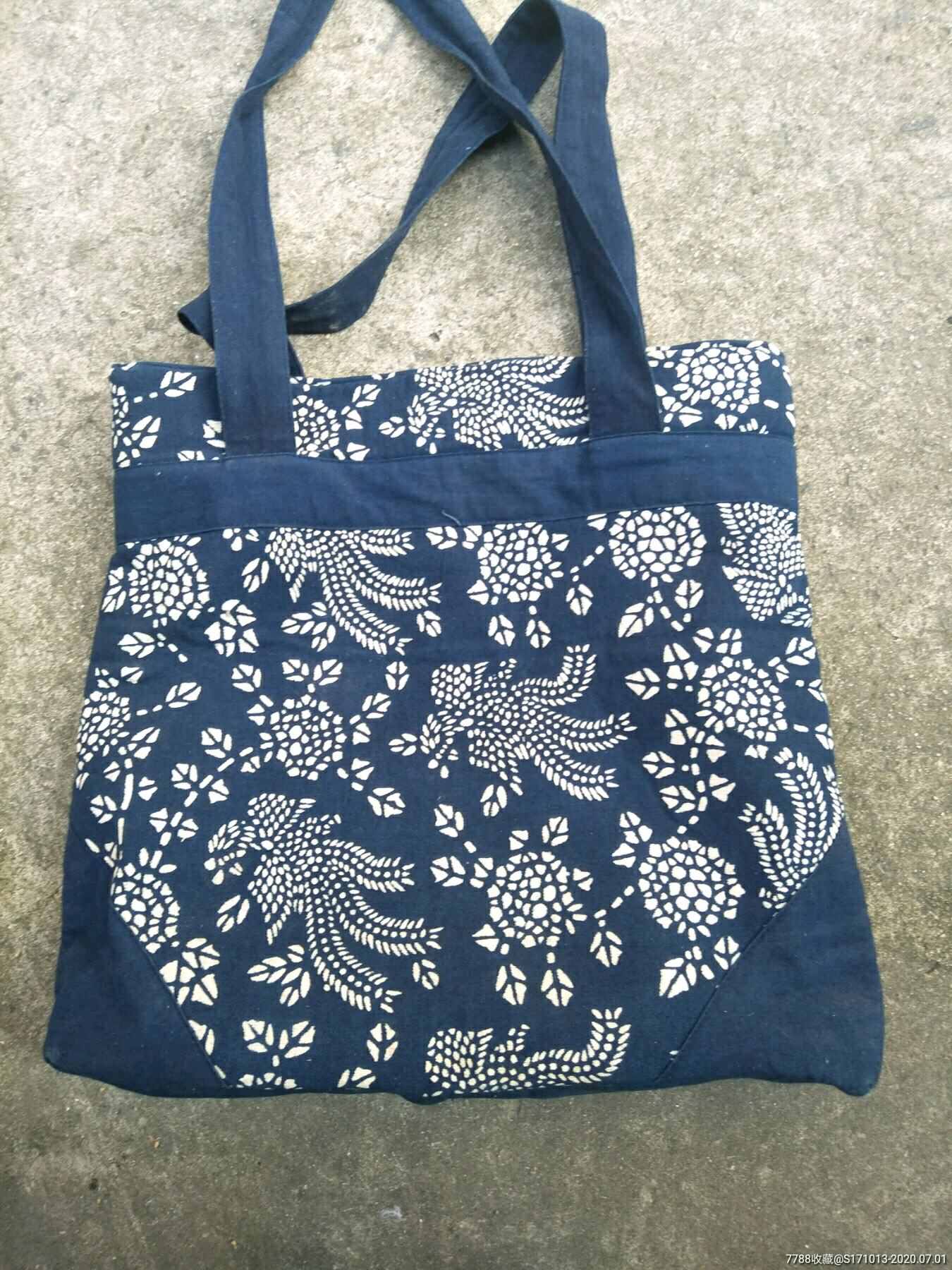
Blue Calico Pouches
One time, as I strolled through Tianzifang in Shanghai, I came to a stand selling indigo-dyed cloth. The small drawstring pouches that were crafted from blue calico felt rustic but chic, and I still have one for coins. Tradition: This piece of hand-dyed fabric from Nantong feature traditional techniques and bold patterns.
Each pouch has its own tale to tell through patterns — flowers, waves or just basic geometric shapes — that a show off the tradition of indigo dyeing. I like walking around with one, as I get to thinking about slipping through a quiet market with the scent of dye emanating from a building that’s clearly a workshop and not a retail store, and it’s an item that ended up being useful enough to carry every day.
Buying Tips:
Small pouches which can be used multiple times and last for up to 6 hours retail at 15-30 RMB.
Bigger embroidered bags are priced around 60 – 100 RMB.
Top spots include cultural boutiques in Shanghai’s Tianzifang and genuine workshops in Nantong.
Observe stitching and thickness of material for strength.
If Shanghai souvenirs are on your shopping radar, start with — Best Things to Buy in Shanghai 2025: Top 10 Souvenir Picks
Clay Tea Pets

Clay Tea Pets
Tea was served, and at Yixing, at a tea service I happened to be at, there was a tiny clay toad also sitting beside the teapot. The clay darkened and glistened when the host poured tea over it. It was magical, and I bought a little pig one to take home. These tea pets are nice decorations on a tea tray and let friends around ask about them and what they’re being used for.
I have come to realize that tea pets are more than just another ornament. They soak up the aroma of tea, transform in texture and color and almost develop a personality. My friends often gather and I steep excess tea atop it, and guests grow sentimental as it gradually changes over the years. Having a tea pet adds an interactive angle into the tea ceremony.
Buying Tips:
In Yixing, inexpensive tea pets sell for 40-80 RMB.
Ornate ones can cost 150 to 150 RMB or more.
Available in teashops all over China, especially in Yixing and Chengdu.
Opt for porous clay figures,” since they store and mature with tea aromas over time.
Keep them in a padded wrapping, as the clay can be delicate.
Unique and Fun Chinese Souvenirs
Mini Terracotta Warriors

Mini Terracotta Warriors
In Xi’an, I recall staring at the actual Terracotta Army, floored by the size of the complex. Later in the souvenir shops in the area, I purchase a set of mini terracotta warriors—every soldier with different distinctive features. Home-displayed they always remind me of that awe-inspiring visit.
These miniatures are molded from the same clay as the original, while being much smaller boards. They also are thoughtful souvenirs, directly connected to one of China’s most famous archaeological sites (even if the glue now used to stick them together is not historically accurate).
Buying Tips:
Small figures begin at 20 RMB and larger, more detailed sets can run 100 RMB or more.
At Xi’an museum shops and in local markets.
Look for strong base support and great facial features.
Be aware of mass-produced plastic lookalikes.
Hand-painted Opera Bookmarks
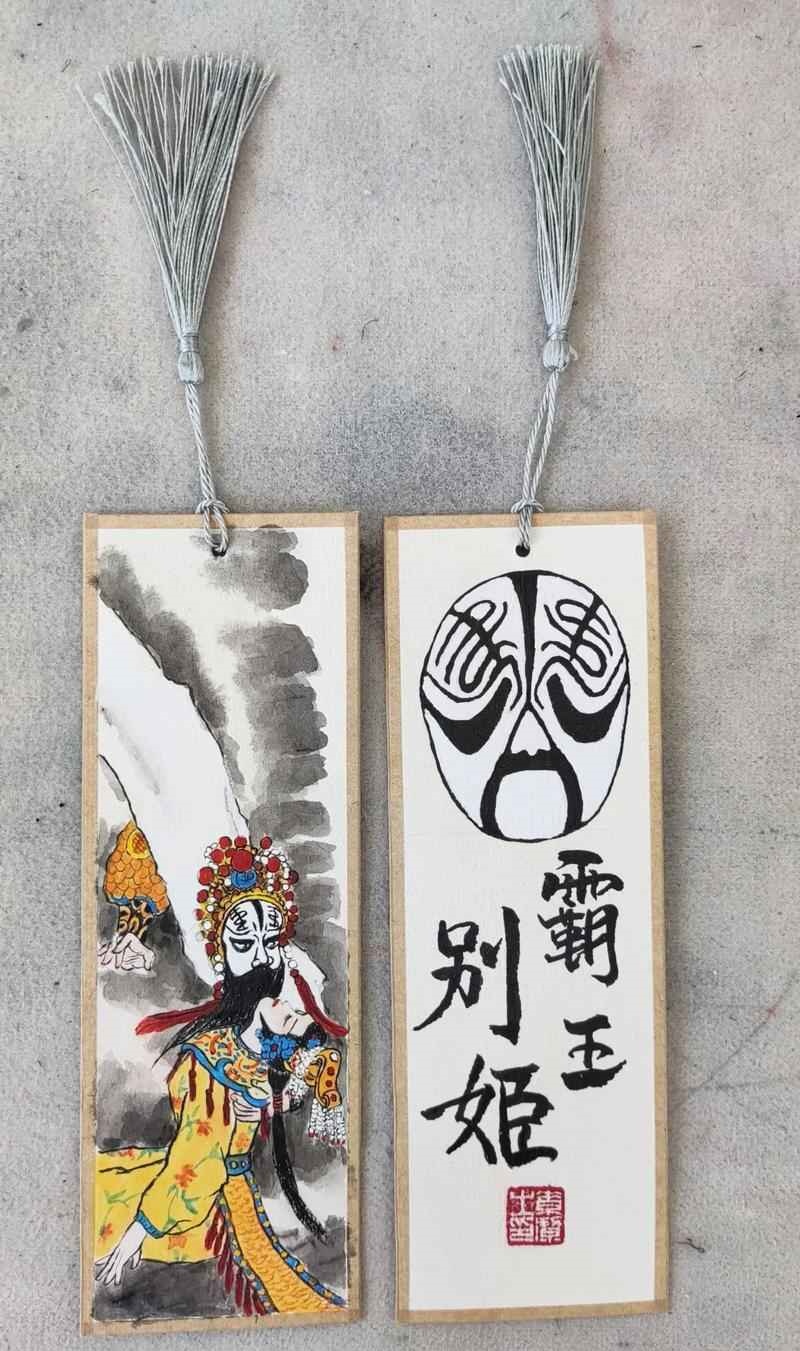
Hand-painted Opera Bookmarks
In Chengdu I purchased a hand-painted bookmarks adorned with delicate opera faces. Placing it in my travel journal made each time I read it a special event. These decorative and practical book marks are usually painted onto stencils, and are applied to thin wood or metal.
Each brushstroke is done carefully, paying attention to details. It is like carrying a small piece of performance art around with you in your book.
Buying Tips:
The service will cost generally between 10 – 25 RMB.
Discovered on cultural streets like Chengdu’s Jinli or Beijing’s Nanluoguxiang.
Make sure the paint is dry so that it doesn’t smudge.
Lightweight, perfect for traveling readers.
Shopping Tips for Tourists
Bargaining and Prices
If you really want to optimize, you can even use a translation app, like Pleco or Google Translate, to display numbers on your phone screen. The government shops don’t generally haggle, but they offer somewhat better quality. If your priority is certainty over barter, these shops are safer, but prices are higher. You can use apps like Dianping or Xiaohongshu to look up reviews before heading to shops to make sure you know what to expect.
Food and Customs Rules
In terms of food, do yourself a favor and look up customs policies in your home country. Beverages and packaged snacks are typically O.K., but perishable or unsealed items may be off-limits. If you do, you may lose those items at the airport. While talking to customs officers in a particular embassy can provide helpful insights into that country’s rules of thumb, you can easily verify online what the official rules of any given country and airline are by visiting their respective customs webpage; many airlines also have their own app with the more popular rules available.
Seal packaged goods to prevent accidents. Sealed snack pouches and labeled tea boxes are best. But, if in doubt, request the vendor for official packaging, or take a trip to the airport duty-free store, where the products are guaranteed to be export-bound. And some apps, like Taobao Global, also sell export-ready snack boxes if you like to shop online.
Payment Methods
Most markets take Alipay or WeChat Pay, which are the most straightforward options. Mobile payments prevent the need to deal with huge wads of cash and can be faster. It also eases paying in crowded markets. If you’re a rookie, both apps recently made it possible for customers to use foreign bank cards, so they are easier for tourists to set up.
But keep some money for small vendors who may not accept mobile payments. Carry some coins and low-denomination bills for street food or inexpensive souvenirs. “Being both digital and cash allows for a smoother shopping experience. Currency exchange apps can also show you the rates and help you to know the exact amount you are paying.
FAQs for Your Chinese Souvenir Shopping Trip
What are typical Chinese souvenirs?
The most classic items are tea, paper cuttings, calligraphy works, and chopsticks. They reflect generations of artisanship, and remain deeply rooted in Chinese culture. Popular souvenirs for visitors include Longjing tea, hand cut red paper art and personalize calligraphy scrolls. They aren't just pretty, but useful—tea can be shared, calligraphy hung on walls, and chopsticks used daily, making basic eatings a cultural prompt.
Where to find: Original paper cuttings
These are artisanal traders who can be found working their craft on-site in markets such as Xi’an’s Muslim Quarter or Beijing’s Panjiayuan. Real paper cuttings will most of the time have clean lines and fine lines. Real small pieces begin at around 10 RMB with big framed pieces going for over 100 RMB. Some craftspeople are even willing to make custom designs, like zodiac animals or portraits, so your handmade memento can be extra special and personal.
Where is the best to buy tea?
In Hangzhou, the Meijiawu Village made Longjing famous, and Yunnan became synonymous with Pu’er. In Beijing, Maliandao Tea Street boasts dozens of shops where you can sample before you buy. Expect to pay 150–300 RMB per box for premium brands of tea. Some plantations also offer visits where tourists can walk through the tea fields and observe plucking, which makes the buying process even more meaningful.
What is a good amount of money to bring for Chinese souvenirs?
Modesty such as red papers, cut orchid stems or chopsticks from 10-40 RMB; Piety termed fancy tea from 150-300 RMB. As always, compare prices and examine packaging before buying. Specialty foods and framed pictures run 50–200 RMB. If you’re shopping for more elaborate objects, like cloisonné boxes or custom calligraphy, set aside 500 RMB or more to ensure good quality craftsmanship.
Can I ship Chinese souvenirs home?
Yes, but pack carefully. For brittle materials, such as framed paper cuttings, use stiff folders or protective cases. There are many art shops and tea shops that pack your goods for you! For a large quantity of snacks, international courier services (DHL, or EMS) are available for international shipment. He said passengers should always inquire about insurance options and retain receipts, which may be required at customs. When ordering large quantities of tea, break them into smaller units so you do not have to pay overweight fees.
Can you bring food back as a souvenir through customs?
Individually packaged snacks and teas are generally permissible but please check the rules of your country. Do not bring any food else you will be fined. Australia and New Zealand are particularly severe, so consume packaged goods with clear labels. Airtight snacks like duck necks or candy boxes typically pass, but some dried meat and herbal products may be restricted.
Which apps are handy when shopping for Chinese souvenirs in China?
Taobao Global, JD. com and Dianping can help locate shops, compare prices and read reviews. Pleco or Google Translate helps with haggling. Xiaohongshu also has reviews from locals, which can help with quality and authenticity. And for payments, Alipay and WeChat Pay now accept foreign credit cards, further smoothing out the shopping process for tourists.
What are the most portable Chinese souvenirs?
For items from the lighter end of the spectrum think: tea tins, folders for your paper cuttings, cheap quality chopsticks and small snack packs. They pack easily into a suitcase, yet retain genuine cultural charm. Flat souvenirs (like paper art or scrolls) are popular with travelers, since they stuff easily into a suitcase without much weight. Cushion them with clothes to avoid creases or damage.
